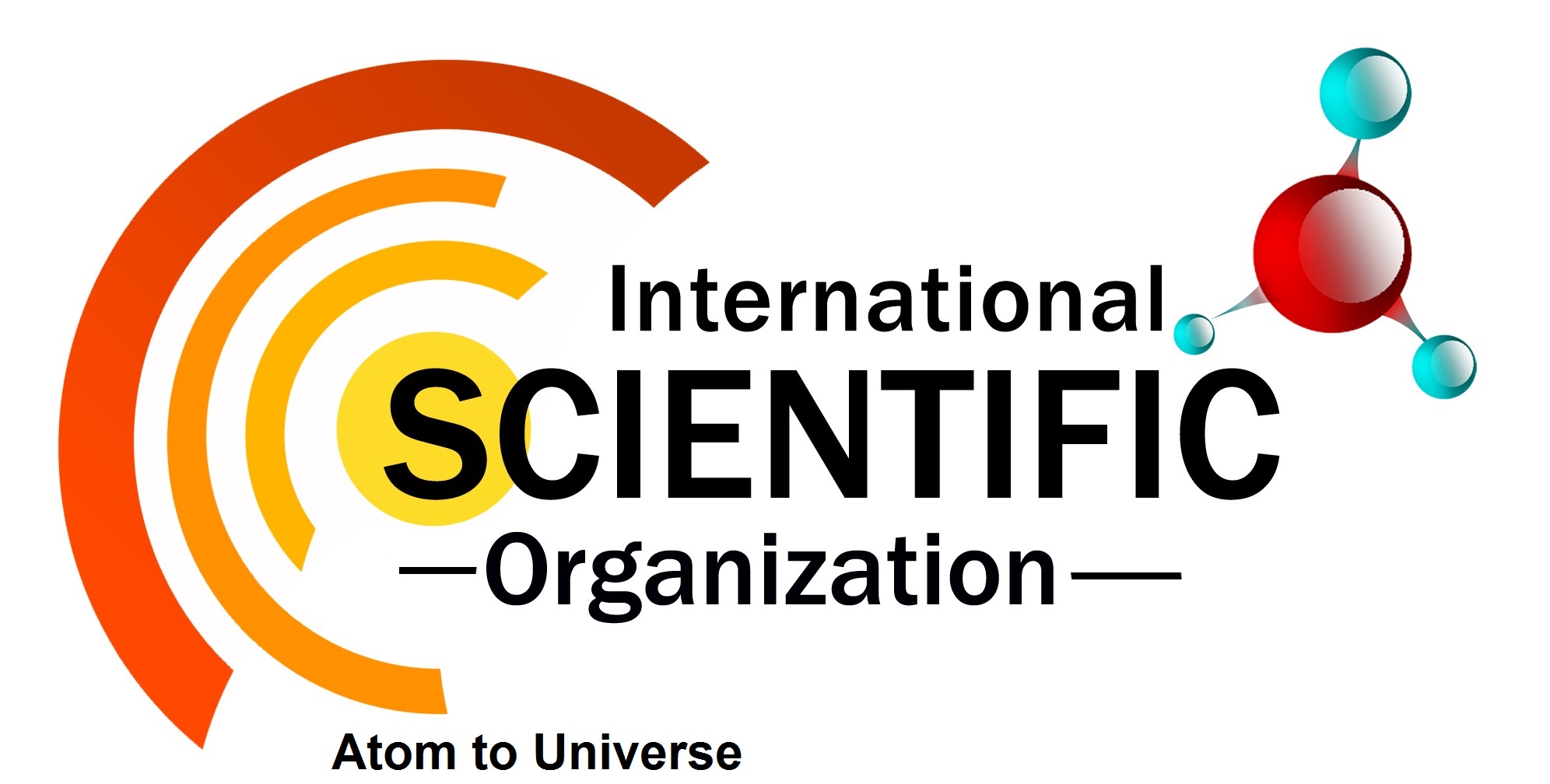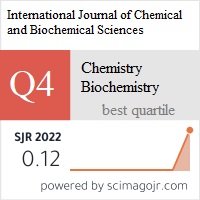International Journal of Chemical and Biochemical Sciences (ISSN 2226-9614)[/vc_column_text][/vc_column][/vc_row]
VOLUME 25(19) (2024)
Effectiveness of Smear Layer Removal Using Different Activated Irrigating Solutions and Techniques: An in-Vitro Study
Aya Abd El Samei Khalil1, Mohamed Ibrahim Rabie2, Sherouk Hussein Adam3
1 Teaching Assistant Endodontics Department, Faculty of Dentistry Sainai University, Egypt.
2 Assistant Professor at Endodontics Department, Faculty of Dentistry Suez Canal University, Egypt.
3 Lecturer Endodontics Department, Faculty of Dentistry Suez Canal University , Egypt.
Abstract
Successful endodontic therapy focuses on eliminating microorganisms, which is the main etiology for pulpitis and apical periodontitis. The ideal endodontic irrigant should be strong enough to dissolve intracanal necrotic/vital tissue and to eliminate bacteria and gentle enough on the extra radicular tissues; it also should be non-toxic, non-antigenic and non-carcinogenic. This study aimed to compare the smear layer removal using saline, sodium hypochlorite (NaOCl) + Saline + ethylenediaminetetraacetic acid (EDTA), and quaternary ammonium silane irrigants (QAS). This study was conducted on 63 freshly extracted maxillary canines. Specimens were randomly divided into 3 main groups, A1, A2, and A3 (n=42), according to the type of irrigant used (saline group, 2.25%, saline, + EDTA 17%, and quaternary ammonium silane QAS group, respectively). Each main group was further sub-divided into three subgroups according to the method of activation B0, B1, B2 (n=14) (no activation group, Manual Dynamic Activation (MDA) group. Each group was evaluated by Scanning electron microscopy (SEM). Duncan multiple range tests (DMRTs) to compare between treatment groups or corresponding post hoc for nonparametric followed ANOVA. Results showed significant differences between different groups. The difference between the activation methods was statistically significant (in the cervical third, middle third, and apical third). The highest mean value was recorded in sodium hypochlorite (NOCl), followed by QAS, with the lowest value recorded in saline. The difference between groups was statistically significant in the cervical, middle and apical root thirds. There is a statistically significant difference between groups using no activation, MDA and overall (regardless of the activation technique).
Keywords: EDTA Irrigation; Quaternary ammonium silane; Smear layer; Sodium hypochlorite; scanning electron microscopy
Full length article – PDF *Corresponding Author, e-mail: ayaabdelsameil@gmail.com Doi # https://doi.org/10.62877/99-IJCBS-24-25-19-99
International Scientific Organization- Atom to Universe
Journals
- International Scientific Organization
- International Journal of Chemical and Biochemical Sciences (IJCBS)
- Volume 27 (2025)
- Volume 26 (2024)
- Volume 25 (2024)
- Volume 24 (2023)
- Volume 23 (2023)
- Volume 22 (2022)
- Volume 21 (2022)
- Volume 20 (2021)
- Volume 19 (2021)
- Volume 18 (2020)
- Volume 17 (2020)
- Volume 16 (2019)
- Volume 15 (2019)
- Volume 10 (2016)
- Volume 14 (2018)
- Volume 13 (2018)
- Volume 12 (2017)
- Volume 11 (2017)
- Volume 9 (2016)
- Volume 8 (2015)
- Volume 7 (2015)
- Volume 6 (2014)
- Volume 5 (2014)
- Volume 4 (2013)
- Volume 3 (2013)
- Volume 2 (2012)
- Volume 1 (2012)
- Store
- Cart
- Account


